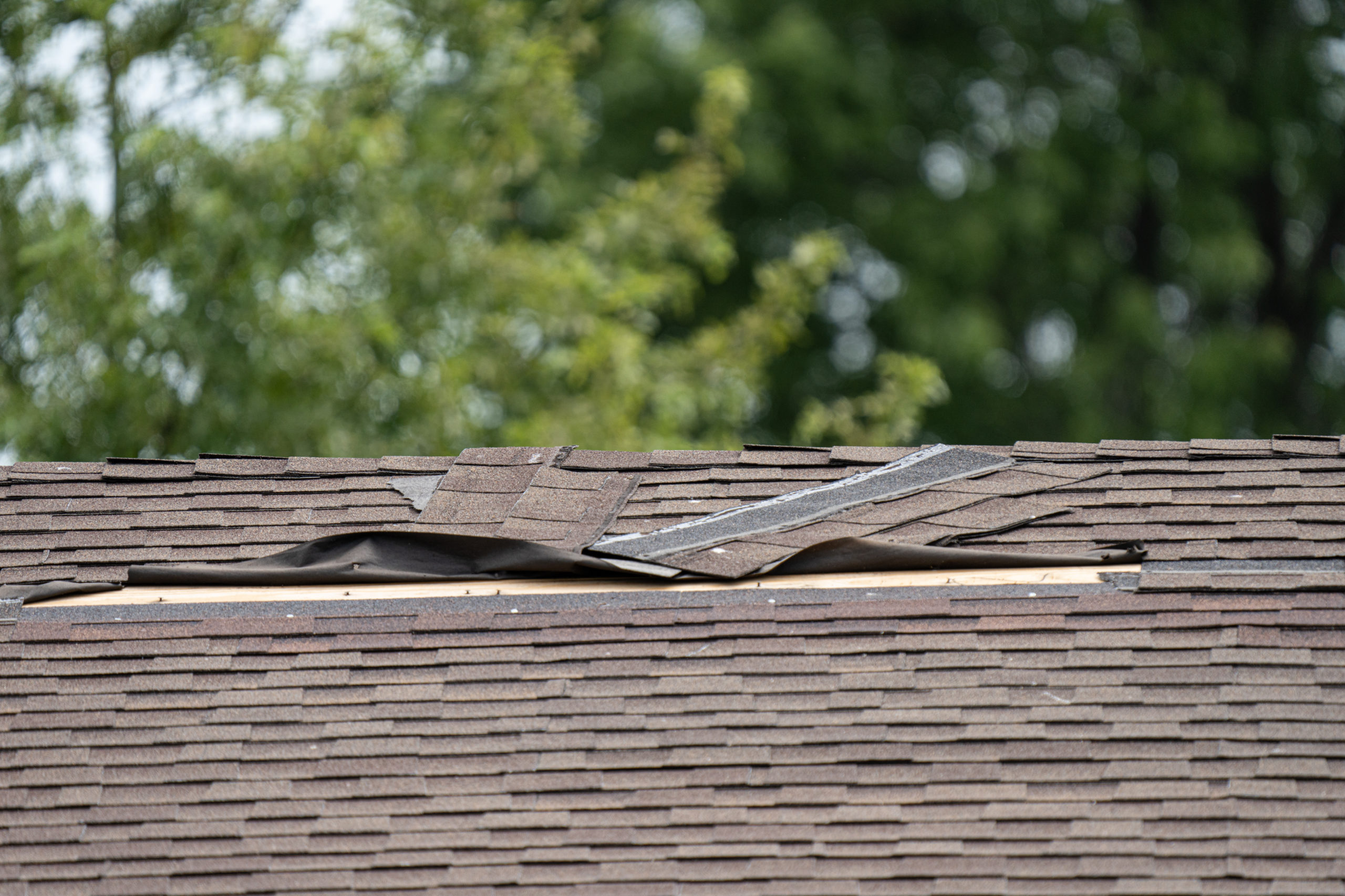
08 Sep Repair Isn’t Always A Breeze: How To Spot Hidden Wind Damage
Blustery days may pose no threat in your mind, but when a bad storm blows in to rattle your home, that’s an entirely different matter.
Particularly as the winds first soar high before swooping low over your house, your roof is in the not-so-perfect in-between space where wind is apt to tear at its surface.
The problem? Wind damage is not always visible and therefore may go unaddressed. Here’s what you need to know:
Looking For What Hasn’t Been Blown Away
Following a storm, it’s natural that you might focus on the surrounding debris and/or standing water, not thinking to look up at the status of your roof. But a bevy of storm-related distractions isn’t the only reason wind damage on your roof will go unnoticed.
That is, strong wind presence is most likely to impact the vulnerable edges around the perimeter of the roof by creating high pressure. As the wind gradually generates stress points on the roof, it may take quite some time for the damage to eventually become visible and, therefore, noticed.
Largely, anything that is beneath the surface coverage of shingles is likely to remain hidden at first.
“Other wind damage may not be easy to see,” Owens Corning explains, “especially if the adhesive seal that provides a water-shedding surface is broken.”
Damage That Isn’t Gone With The Wind
If you’re ready to start looking for wind damage, we recommend that you first and foremost check for slipped or missing shingles, as these will be the most obvious signs that your roof has been damaged.
Remember also that shingles may display damage more subtly. For example, with regard to the aforementioned stress points, the shingles may begin to curl and lift around these areas, meaning you’ll need to pay special attention when assessing the edges of your roof.
Granule loss is another such example of shingle damage that is not always immediately apparent.
Indoor leaks — particularly around the ceiling or attic space — are another common indication of hidden wind damage, as water seeps in through the damaged soffit, fascia, and other areas.
High Winds Merit High-Quality Help
While it may be tempting to tackle this roof-related obstacle on your own, The National Roofing Contractors Association (NRCA) “strongly encourages homeowners and business owners to assess roof damage from ground level and not attempt repairs on their own.”
Comprehensive investigations and repairs, they explain, should be conducted by a professional roofing contractor who may complete the job safely and effectively.
And if you’re not sure who to call to help you determine your next course of action, you can always reach out to Universal Roof & Contractors, your locally-owned, operated, and trusted roofing professionals!
Having served both Central Florida and Jacksonville for 28 years, we have a thorough understanding of how wind damage may occur to a Floridian roof, all but unbeknownst to the property owner.
Don’t let your forever roof’s longevity suffer. Instead, contact our team today to schedule your FREE roof inspection! We look forward to helping you when you call 855-ROOF-HELP.



